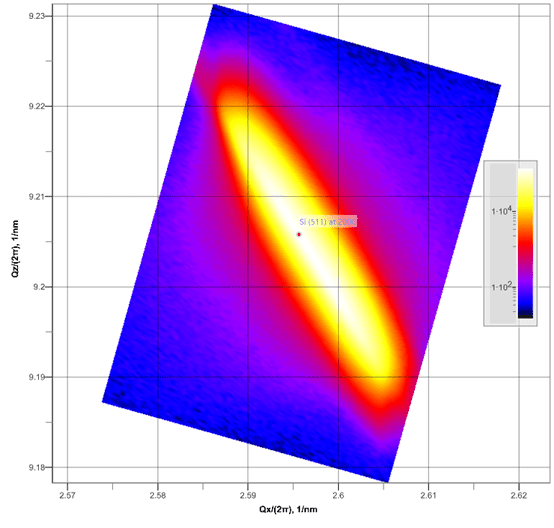

Research is actively being carried out, the technique of X-ray free electron lasers (e.g. Indeed, there is a tendency towards an increase in the power of USPs of an electromagnetic field and a reduction in their duration 14, 15, 16. In the last two decades, the generation of isolated attosecond pulses through high harmonic generation has provided a powerful tool for studying many important physical processes on the attosecond timescale 13. Moreover, at present, powerful USP sources are being introduced, for example, the European X-ray Free Electron Laser (XFEL), the Linear Accelerator of a Coherent Light Source (LCLS), and the Free Electron laser Radiation for Multidisciplinary Investigations (FERMI), all of which now enable this kind of research to be carried out. However, the processes of scattering of high-power ultrashort pulses (USPs) with femto- and especially attosecond time resolution by structures of this kind have been little studied so far. Usually, the theory of X-ray diffraction by various periodic and complex structures is described as the scattering of plane waves of infinite duration in time 1, 3. By analyzing the diffraction pattern, the structure of the substance can be judged. The theoretical basis of these methods has been understood for some time 1, 3 their physical interpretation is based on X-ray diffraction from various polyatomic structures. As a result, separate directions in X-ray structural analysis appear, for example, grazing-incidence small-angle scattering (GISAS), transmission small-angle scattering (SAS), grazing-incidence diffraction (GID), diffuse reflectometry (DR), single crystal monochromatic diffraction (SXD), powder diffraction (EDX, ADX), fiber diffraction (FD) and others 2, 3, 5, 11, 12.

Currently, these basic methods of X-ray structural analysis are supplemented and expanded in connection with the creation of new types of radiation sources, small sizes of objects under study, etc. They underlie many modern discoveries in the fields of physics, chemistry, biology, medicine and crystallography, e.g. Most crystal structures and many molecules were discovered by these methods. X-ray diffraction (XRD) analysis of matter, as well as X-ray crystallography (XRC) are the most powerful methods for determining the structure of matter 1, 2, 3, 4, 5. The theory developed in this work can be applied to various multivolume objects and is quite simple for X-ray structural analysis, because it is based on analytical expressions. Scattering spectra at the first and second harmonics are shown for various polyatomic objects: examples considered are 2D and 3D materials such as graphene, carbon nanotubes, and hybrid structures consisting of nanotubes. The scattering of USPs by the second harmonic has a characteristic diffraction pattern which can be used to judge the structure of the scattering object combining the scattering spectra at the first and second harmonics therefore greatly enhances the diffraction analysis of matter. In this work, it is shown that for high-power USPs, where the magnetic component of USPs cannot be neglected, scattering at the second harmonic appears. As a rule, such scattering occurs at a frequency close to the carrier frequency of the incident USP. Today, there is a technical possibility of creating powerful USP sources and the analysis of the scattering spectra of such pulses is a high-precision instrument for studying the structure of matter. When such USPs are scattered by various polyatomic objects, a diffraction pattern appears from which the structure of the object can be determined. It is well known that the scattering of ultrashort pulses (USPs) of an electromagnetic field in the X-ray frequency range can be used in diffraction analysis.


 0 kommentar(er)
0 kommentar(er)
